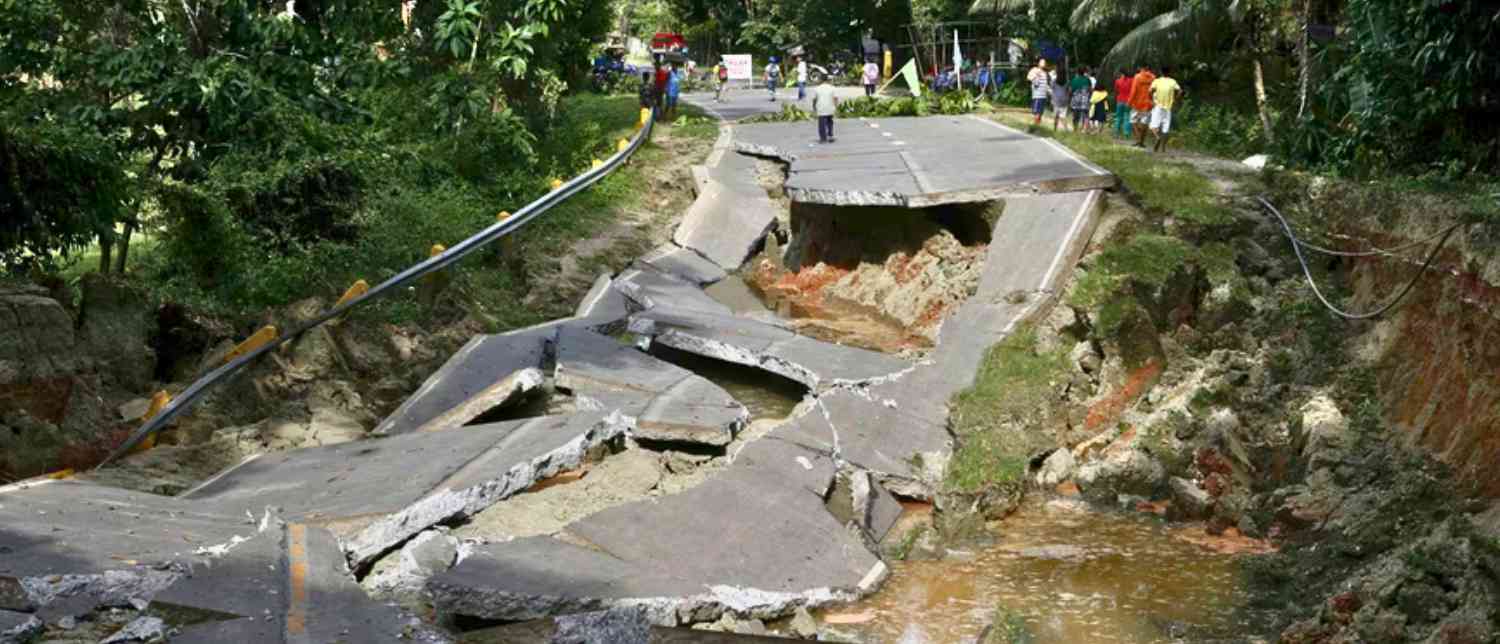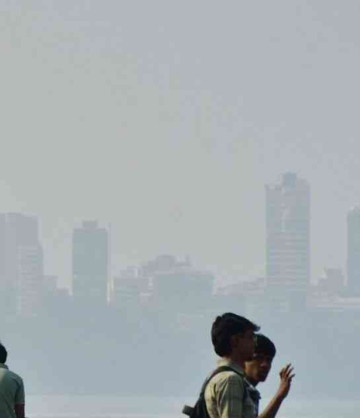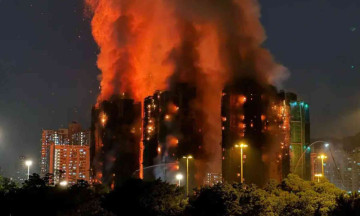The Philippines was shaken late Thursday night by a powerful magnitude 7.5 earthquake that struck off the coast of Mindanao, sending waves of fear across the nation and triggering immediate tsunami alerts. The sudden jolt, felt as far as Davao City and parts of the Visayas, set off panic among residents who rushed to higher ground in the dark. While initial reports confirmed some structural damage and minor injuries, the biggest question on everyone’s mind is whether the tsunami threat is truly over.
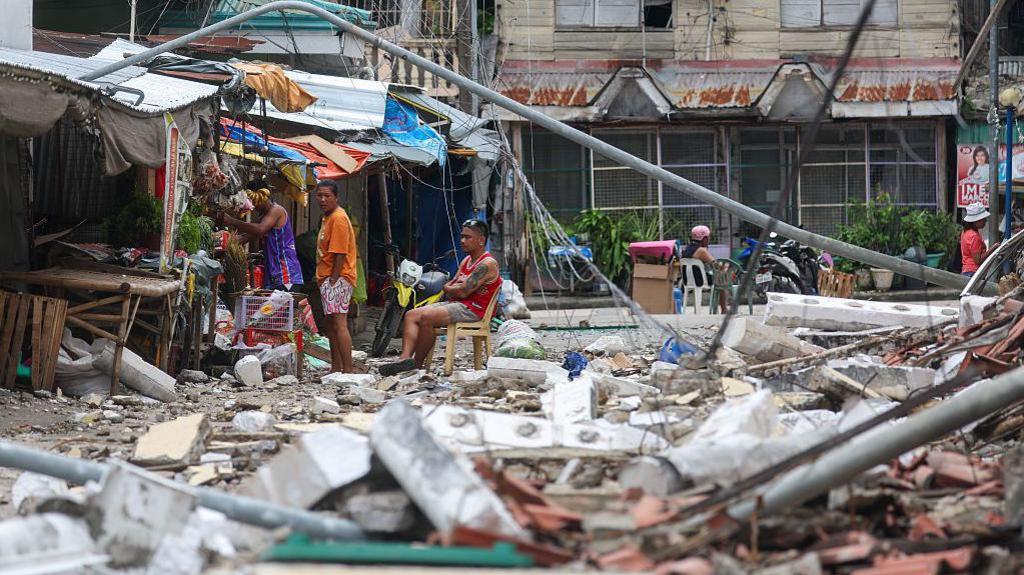
According to the Philippine Institute of Volcanology and Seismology (PHIVOLCS), the earthquake hit at around 11:47 p.m. local time, with its epicentre located beneath the Philippine Sea Plate in the Pacific Ocean. The tremor was shallow at around 15 kilometres deep, making it more destructive than deeper quakes. Seismic waves rippled through coastal towns, toppling small structures, cracking roads, and causing brief power outages in several provinces.
The US Geological Survey confirmed the magnitude and warned that aftershocks are highly likely over the coming days. Residents reported hearing rumbling sounds moments before the quake, followed by strong shaking that lasted more than 20 seconds — long enough to send people scrambling.
Within minutes, authorities issued tsunami warnings across Surigao del Sur, Davao Oriental, and nearby islands. Emergency sirens blared, and parents woke sleeping children to flee towards elevated areas. The Pacific Tsunami Warning Centre predicted possible waves reaching 1 to 3 metres in some coastal zones.
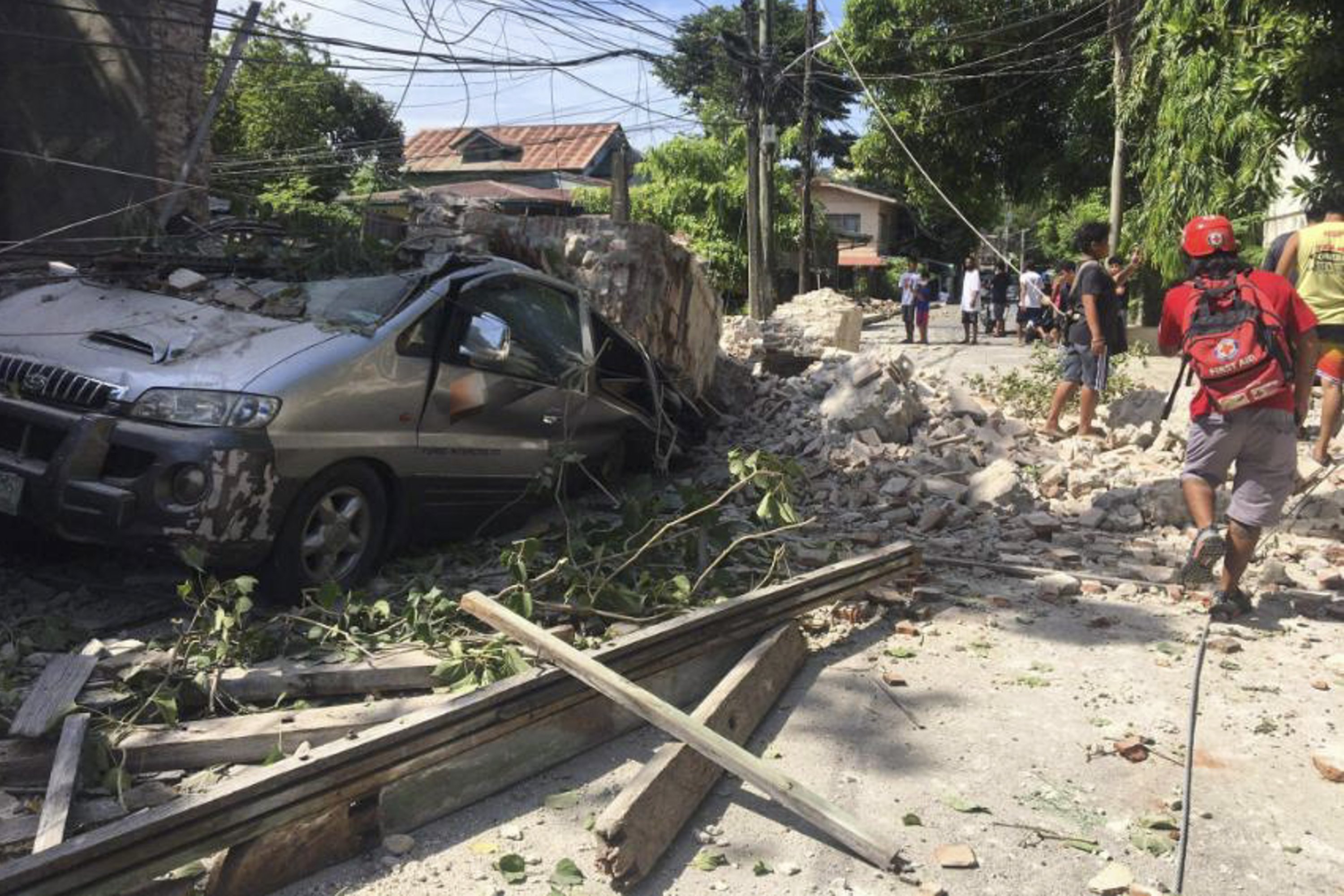
Fortunately, by early Friday morning, PHIVOLCS announced the cancellation of the tsunami advisory after monitoring wave patterns and confirming that strong, damaging surges did not materialise. Instead, only minor wave fluctuations were recorded in some fishing communities.
Here’s where caution still comes in. While the immediate danger from a large tsunami has passed, experts warn that aftershocks could still pose risks, especially if another shallow, offshore tremor were to strike. These secondary quakes can, in rare cases, trigger localised wave action or landslides near the shore.
Dr. Maria Lopez, a PHIVOLCS seismologist, explained, “The cancellation of the tsunami warning means there is no ongoing large-scale threat from the initial earthquake. But coastal residents should remain alert in case significant aftershocks occur. Quakes are unpredictable, and preparedness is still key.”
The Philippines sits on the “Ring of Fire” — a global chain of volcanoes and fault lines known for producing some of the largest earthquakes and volcanic eruptions in history. This geographical position means tremors are a regular occurrence, sometimes multiple times a month.
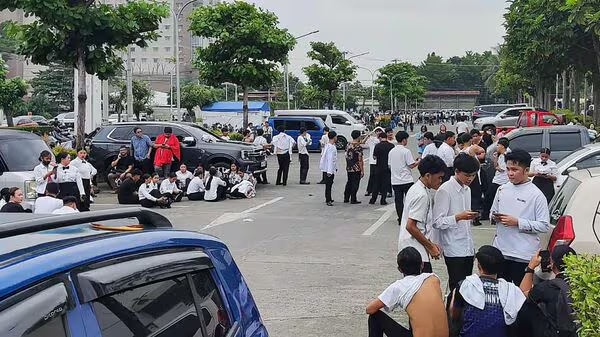
For children and families living near the sea, a powerful quake often translates into immediate fears of tsunami waves, even when such threats don’t always materialise. Education plays a major role in calming those fears. Schools across Mindanao have earthquake drills, but Thursday’s tremor reminded everyone that drills can feel very different when reality strikes.
While no widespread casualties have been reported, the quake disrupted life for thousands. In Davao Oriental, fishermen pulled their boats ashore in haste and lost a night’s catch. Several pregnant women and elderly residents required medical attention due to exhaustion or shock. In Surigao City, children huddled together in evacuation centres, clutching school bags like security blankets.
Despite the anxiety, community spirit shone through. Volunteers distributed food and water, while local radio stations stayed on air through backup generators, sharing updates and reassuring listeners..
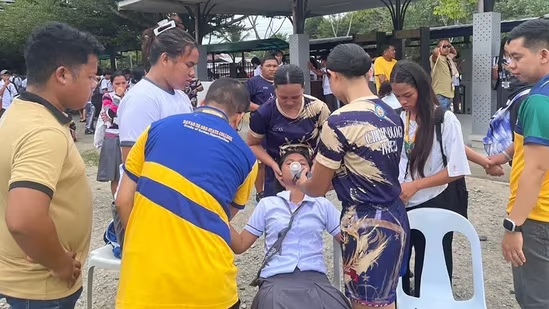
While nature’s power is beyond human control, science and community preparedness can make the difference between survival and tragedy. Thursday night’s 7.5 quake was a stark reminder of the Philippines’ seismic reality — but it also showed the effectiveness of rapid alerts and quick citizen response.
The tsunami threat may have eased for now, but earthquakes don’t end with one shake. The key message from experts is clear: complacency is the true danger. Whether the next tremor comes tomorrow or years from now, readiness remains the best protection.
With inputs from agencies
Image Source: Multiple agencies
© Copyright 2025. All Rights Reserved. Powered by Vygr Media.

